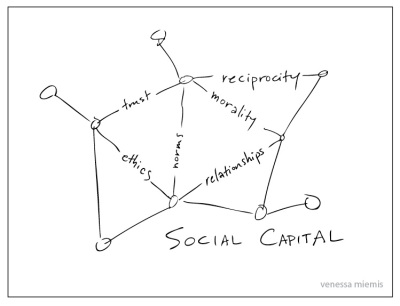Too often, it seems, this attitude is missing from teams, organizations or the community.
It’s missing because people are quick to opt out of the ‘we’ part. “What do you mean, we?” they ask. It’s so easy to not be part of we, so easy to make it someone else’s problem, so easy to not to take responsibility as a member of whatever tribe you’re part of.
Sometimes it’s missing because people disagree about what ‘it’ is. If you don’t know what you’re after, it’s unlikely you’re going to find it.
And it’s missing because people confuse cynicism with realism, and are afraid to say “can”. They’d rather say ‘might’ or even ‘probably won’t’.
Just about everything worth doing is worth doing because it’s important and because the odds are against you. If they weren’t, then anyone could do it, so don’t bother.
Product launches, innovations and initiatives by any organization work better when the key people agree on the goal, believe that they can achieve it and that the plan will work.
Do we have a cynicism shortage? Unlikely.
Successful people rarely confuse a can-do attitude with a smart plan. But they realize that one without the other is unlikely to get you very far.
Count me in. Let’s go.

